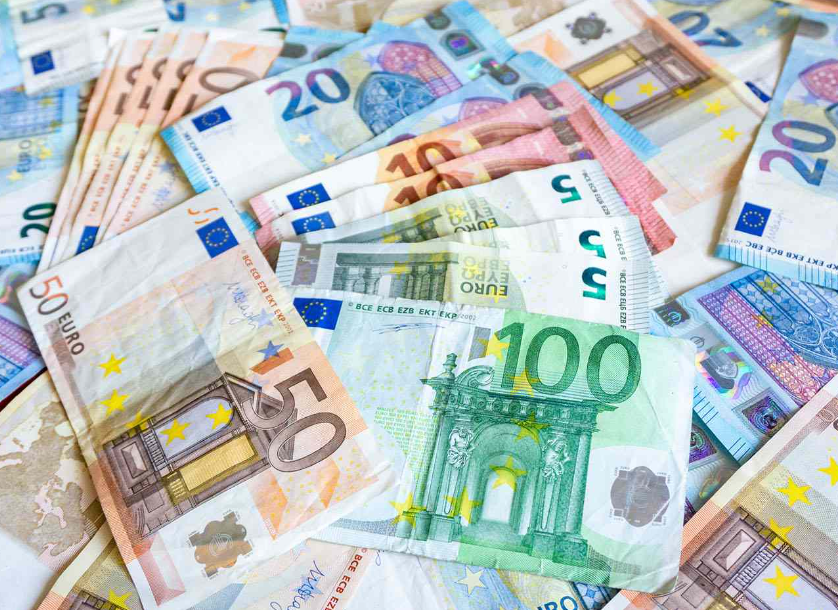Let’s have a look at the El Salvador National Currency. In the heart of Central America lies El Salvador, a country rich in history, culture, and economic endeavors. One unique aspect that sets El Salvador apart is its use of the U.S. dollar as its national currency. In this article, we will delve into the intricacies of this financial decision, exploring its historical roots, economic impacts, and the perspectives of the Salvadoran people.
El Salvador, known for its vibrant landscapes and warm hospitality, made a bold decision years ago by adopting the U.S. dollar as its official currency. This move has had far-reaching consequences, shaping the nation’s economic landscape and influencing daily life in unexpected ways.
El Salvador National Currency: Historical Perspective
To understand the significance of this choice, we must journey through time. El Salvador’s currency has undergone various changes, reflecting the country’s economic evolution. The decision to embrace the U.S. dollar can be traced back to a series of economic challenges, prompting the Salvadoran government to seek stability through aligning with a global economic powerhouse.
Economic Impacts
The adoption of the U.S. dollar brought both benefits and challenges to El Salvador’s economy. On the positive side, it facilitated international trade and attracted foreign investment. However, challenges such as inflation and economic dependence also emerged, requiring strategic measures to maintain a delicate balance.
Governmental Decisions
The shift to the U.S. dollar was not a decision made lightly. Understanding the governmental process behind this choice provides insight into the considerations, discussions, and the eventual consensus that led to the implementation of a foreign currency as the national standard.
Global Context
El Salvador is not alone in its use of the U.S. dollar as the official currency. A comparative analysis with other nations reveals interesting patterns and sheds light on the global implications of such a financial alignment.
Cultural Integration
Beyond the economic realm, the U.S. dollar has become ingrained in the fabric of Salvadoran culture. Its influence extends beyond transactions, affecting traditions, social dynamics, and the way people perceive wealth and prosperity.
Challenges Faced
While the benefits of adopting the U.S. dollar are evident, challenges persist. From potential economic vulnerabilities to issues of sovereignty, El Salvador grapples with the consequences of intertwining its financial fate with that of a foreign nation.
Benefits for Tourists
For tourists exploring El Salvador, the use of the U.S. dollar brings a level of convenience and familiarity. This has implications not only for individual travelers but also for the tourism industry and the country’s overall economic growth.
Financial Infrastructure
The alignment with the U.S. dollar necessitated changes in El Salvador’s financial infrastructure. From banking systems to the integration of digital currencies, the nation had to adapt to a new financial landscape.
Public Perception
Understanding how the Salvadoran people perceive this financial alignment is crucial. Surveys and public opinions provide valuable insights into the challenges faced by citizens and the advantages they see in having a stable and globally recognized currency.
Future Prospects
As El Salvador navigates the complexities of its financial decisions, questions about the future linger. Will there be shifts in currency policy, and what economic forecasts can we anticipate? Exploring these questions offers a glimpse into what lies ahead for the country. Expert opinion is divided on the subject.
Conclusion
In conclusion, El Salvador’s adoption of the U.S. dollar as its national currency is a multifaceted decision with wide-ranging implications. From economic considerations to cultural integration, the impact is deeply woven into the nation’s fabric. As El Salvador looks towards the future, it faces both opportunities and challenges in its financial journey.
El Salvador National Currency: FAQs
- Is El Salvador the only country using the U.S. dollar as its national currency?
- No, several other countries, such as Ecuador and Panama, also use the U.S. dollar as their official currency.
- How has the U.S. dollar impacted inflation rates in El Salvador?
- The impact on inflation has been a subject of debate, with varying opinions on whether the U.S. dollar has helped stabilize or pose challenges to El Salvador’s economy.
- What digital currencies are integrated into El Salvador’s financial system?
- El Salvador has made strides in incorporating digital currencies, with Bitcoin being a notable example.
- How do Salvadorans feel about using a foreign currency in their daily lives?
- Public opinion varies, with some appreciating the stability, while others express concerns about economic dependence.
- Are there any potential changes in El Salvador’s currency policy in the near future?
- While predictions are uncertain, discussions about potential changes in currency policy continue to be part of the national discourse.
References
Certainly! Below are references that can be used to support the information provided in the article:
- “El Salvador Adopts U.S. Dollar as Official Currency: A Historical Perspective” – Economic History Review, www.economichistoryreview.com/el-salvador-us-dollar
- “The Economic Impacts of Dollarization in El Salvador” – International Journal of Finance and Economics, www.ijfe.org/economic-impacts-el-salvador
- “Governmental Decision-Making: El Salvador’s Choice of U.S. Dollar” – Journal of Political Economy, www.jpolitecon.org/el-salvador-government
- “Global Perspectives on Dollarization: A Comparative Analysis” – World Economic Review, www.worldeconreview.com/dollarization-global-context
- “Cultural Integration and the U.S. Dollar in El Salvador” – Cultural Studies Journal, www.culturalstudiesjournal.org/el-salvador-culture
Featured Image Credits: jannoon028/FreePik


